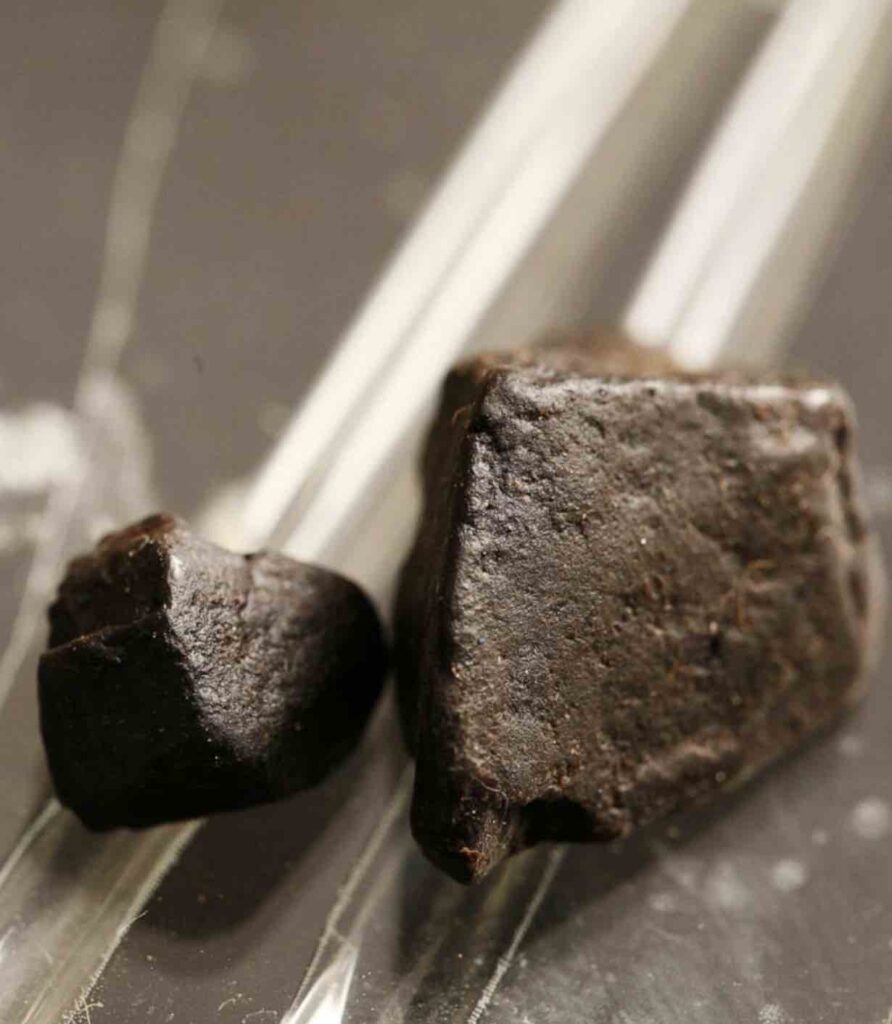Effects of Black Tar Heroin
There is a growing phenomenon of black tar heroin use all over the globe. Part of this may be related to the sluggish economy and “affordability” which this drug has to offer. In Mexico, black it is the go-to choice for users. Over the years, this highly addictive substance has hit the streets of the West Coast, USA as well as, New York City and Miami. As time passes, black tar heroin is popping up in cities across Europe and even Asia.
How it Has Made its Way onto the Streets
Black tar heroin has been around for over a century. It was first used as a medicine, but quickly doctors strayed away from any potential benefits as there was none to be found. By the late 70’s, cartels were manufacturing the drug because it was cheaper than cocaine and there was more “market potential”. Black tar was first to take hold of addicts on the streets of Mexico and South America. But, quickly the drug was being brought across borders and into the US.
When compared to the price of heroin or prescription painkillers, it is considerably cheaper. The United States Department of Justice states that “abusers could maintain their addiction with two grams of heroin daily, at a cost of one-third to one-half of prescription opioids, depending on the area of the country and the purity of that heroin.”

What is Black Tar Heroin and how is it Used?
Black tar heroin is processed differently from the white or yellow powdered form. Unlike the traditional heroin powder, it looks like a gooey-tar like substance; hence the name. According to the NIDA black tar heroin is “sticky like roofing tar or hard like coal and is predominantly produced in Mexico and sold in U.S.” The color is often black, but can also be dark brown. This color comes from the harsh processing method.
The drug is dissolved and injected in the veins or muscles of the user. Although intravenous injection is the most popular method, it can also be mixed with lactose and ground into a powder to be snorted. Other less common methods of use include dissolving it in water and then snorting it, smoking it over foil or as a suppository up the rectum.
Growing Concerns of Dirty Batches
In the 70’s big drug cartels were adding a variety of chemicals to process the drug, and although less chemicals are generally added nowadays, black tar heroin has very little heroin in it (between 25 and 35%); this is the core reason it is so cheap. Because of the impurities found, overdoses and deaths frequently occur from a “dirty batch”. Moreover, and less discussed, is the issue in which addicts are not only becoming addicted to the black tar heroin, but the other chemicals which are added or cut with . These include antidepressants, oxycodone, fentynal and cleaning agents.
How it Affects the Individual
Black tar heroin causes an extreme, almost instantaneous, rush. In some cases, an individual will feel the effects before they can take the needle out of their arm. Known as the “rush”, the skin becomes flush and the entire body will feel heavy. The user may have dry mouth and droopy eyes. They may experience nausea, vomiting or intense itching.
The rush ends within 1 hour and drowsiness will kick in. This part of using is known as the “nods”. Mental and physical functioning is minimal and disorientating. The pulse decreases and breathing slows. Sometimes a users’ heart can become so slow that it can stop and cause the individual to go into cardiac arrest. Eventually, the desirable effects become so needed that if not met, the person will have cravings and even withdrawal. This never ending circle is known as chasing the dragon.
The Health Risks of Heroin Abuse
There is a multitude of health risks associated with black tar heroin abuse. Apart from the standard health effects of heroin, such as organ damage, memory loss, constipation and heart disease, black tar heroin has special conditions unique to its abuse. It is these that make an addiction to black tar heroin so dangerous.
Users are at risk for developing sclerosis (hardening of the veins). This not only causes problems with injecting the drug, but also leads to debilitating circulation. Malnutrition, bacterial infections, tetanus, HIV/AIDS, hepatitis, STD’s and cognitive problems (many of which can be fatal) are also prevalent.
Withdrawing from Addiction
Chronic abuse of the drug will lead to an addiction or dependence. When the user stops, they will go through a severe withdrawal. These symptoms include nausea, vomiting, diarrhea, constipation, stomach cramping, muscle aches, irritability, cold sweats and seizures.
Getting Help for a Black Tar Heroin Addiction
A person who has an addiction to black tar heroin will likely fall deeper into their use, become more isolated and continue in the cycle of abusing. It’s often up to family and friends to get the user the assistance they need. A rehab can help a person to turn their life around for the better. At Siam Rehab Center, our team is ready to give you or a loved one the support needed to overcome the addiction. Rehab programs are specifically designed to treat the individuals’ own needs. This customization will allow the person to start to heal from the inside out, physically, emotionally and mentally.
If you or someone you know needs a rehab, please contact us today to find out what we can do for you.
Read more about heroine addiction and recovery here:
https://siamrehab.com/heroin-rehab-how-to-help-a-heroin-addict/

